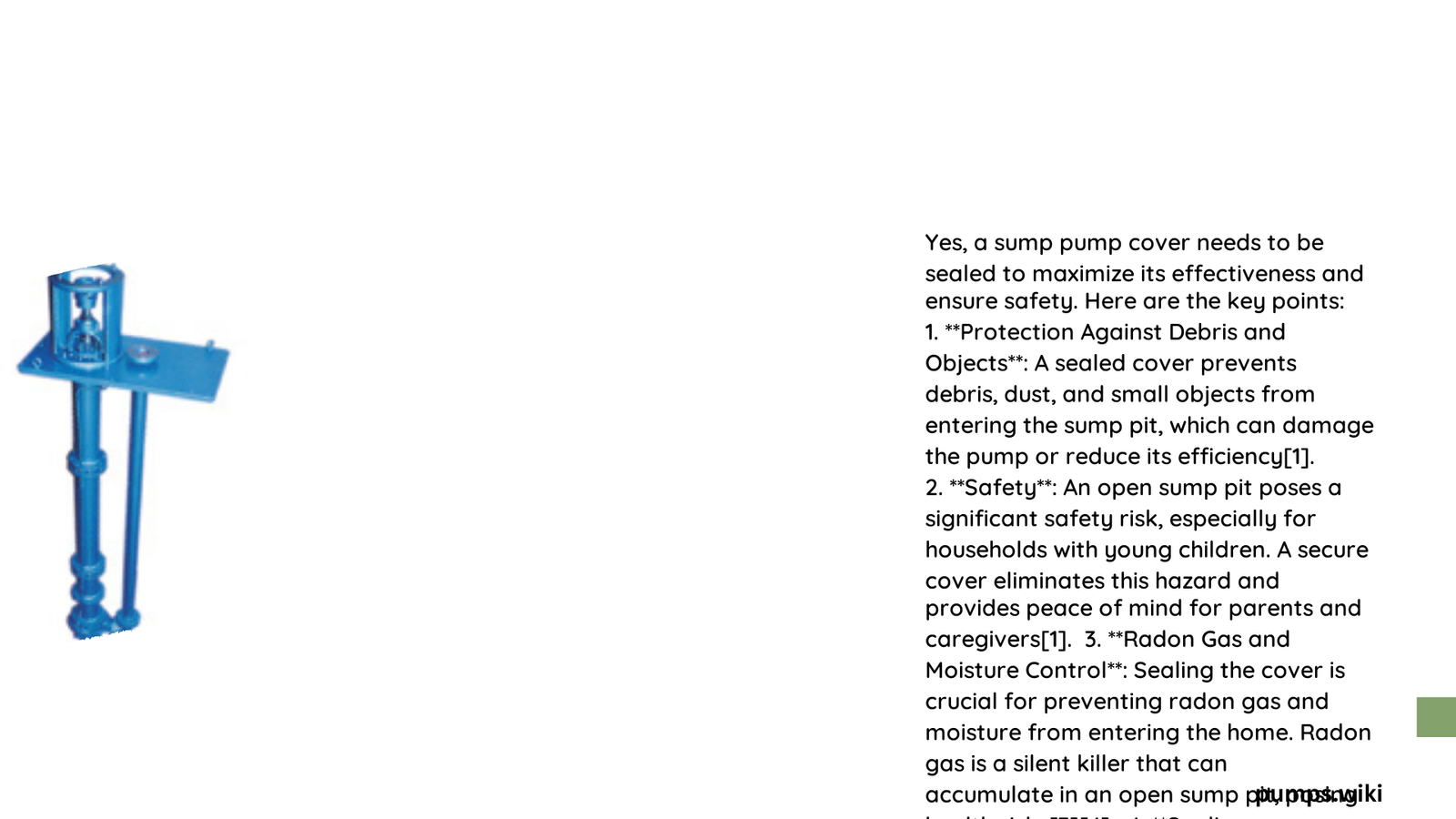Sump pump covers play a critical role in home protection, serving as a barrier against potential environmental hazards. Homeowners often overlook the importance of a properly sealed sump pump cover, which can significantly impact indoor air quality, moisture control, and overall basement safety. Understanding the necessity of sealing your sump pump cover is essential for maintaining a healthy, dry, and secure living environment.
Why Does a Sump Pump Cover Need to Be Sealed?
What Risks Exist Without a Sealed Sump Pump Cover?
Unsealed sump pump covers expose homeowners to multiple potential problems:
- Radon Gas Infiltration
- Unprotected sump pits create direct pathways for radioactive radon gas
-
Can increase lung cancer risk by up to 16% with prolonged exposure
-
Moisture and Humidity Challenges
- Open sump pits release significant moisture into basement environments
-
Potential humidity increase of 30-50% without proper sealing
-
Pest Invasion Risks
| Pest Type | Potential Entry Risk | Damage Potential |
|———–|———————-|—————–|
| Rodents | High | Structural damage, disease transmission |
| Insects | Very High | Contamination, allergic reactions |
| Snakes | Moderate | Potential safety hazard |
How Do Sealed Covers Protect Your Home?
Comprehensive Protection Mechanisms
- Radon Blockage: Creates an impermeable barrier against soil gases
- Moisture Control: Prevents humidity escape and potential mold growth
- Debris Prevention: Stops foreign objects from entering the sump pit
- Safety Enhancement: Reduces risk of accidental falls or animal intrusion
What Sealing Materials Work Best?
Top Sealing Options
- Silicone Sealant
- Durability: 5-10 years
- Cost: $5-10 per application
-
Flexibility in various environmental conditions
-
Foam Tape
- Durability: 2-5 years
- Cost: $3-6 per roll
- Easy installation and replacement
What Professional Recommendations Exist?
Experts consistently recommend:
– Annual seal inspection
– Professional assessment every 2-3 years
– Using high-quality, flexible sealing materials
– Ensuring complete coverage around the sump pit perimeter
What Are Potential Consequences of Neglect?
Long-Term Impact Breakdown:
1. Increased energy costs (15-25% higher)
2. Potential health risks from radon exposure
3. Reduced home value
4. Higher maintenance and repair expenses
Installation and Maintenance Tips

Key Considerations for Effective Sealing
- Clean surface thoroughly before application
- Ensure even, consistent sealant distribution
- Check for gaps or potential entry points
- Use professional-grade materials
When to Replace Your Sump Pump Cover Seal
Replacement Indicators:
– Visible cracks or deterioration
– Increased basement humidity
– Noticeable air or moisture leakage
– More than 5 years since last replacement
Conclusion
Sealing a sump pump cover is not optional—it’s a critical home maintenance task that protects your living environment, health, and property investment.
Recommended Action Steps
- Inspect current sump pump cover
- Assess sealing condition
- Choose appropriate sealing method
- Consider professional consultation
Pro Tip: Regular maintenance prevents costly future repairs and health risks.
